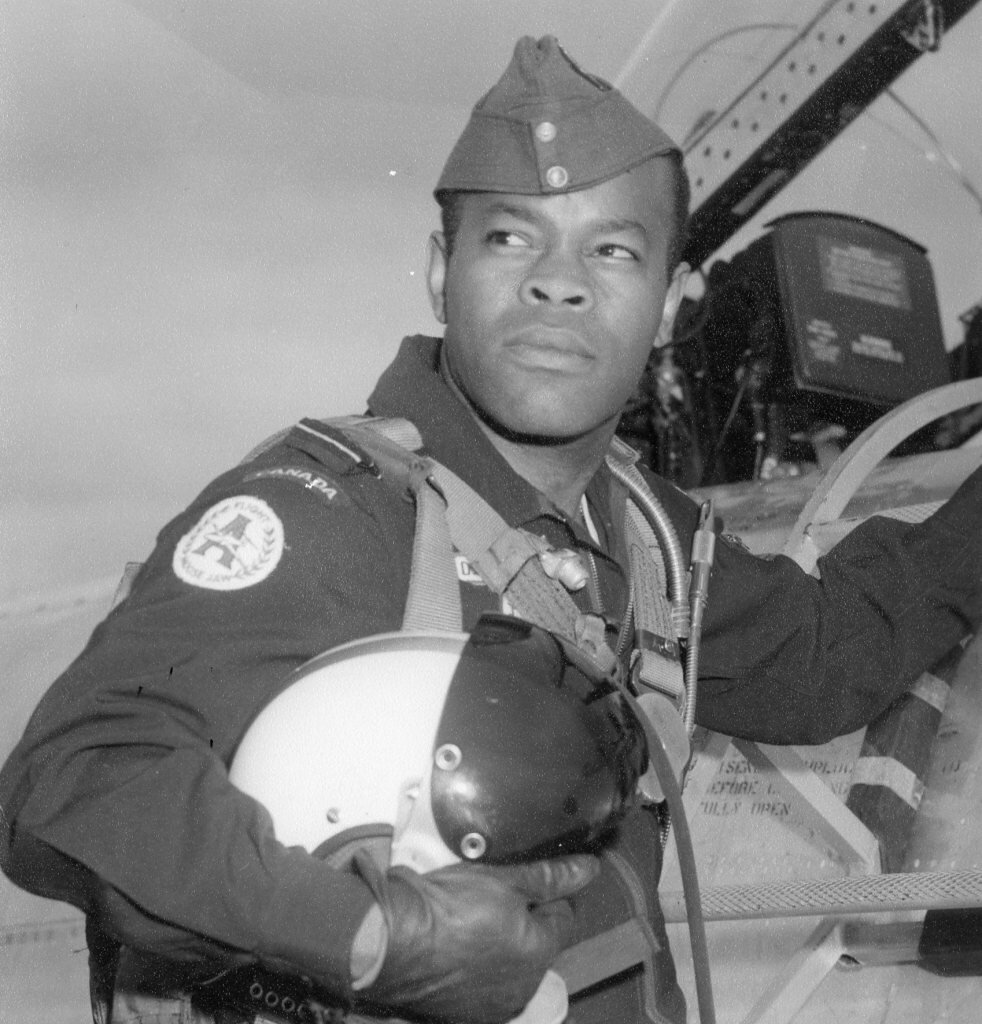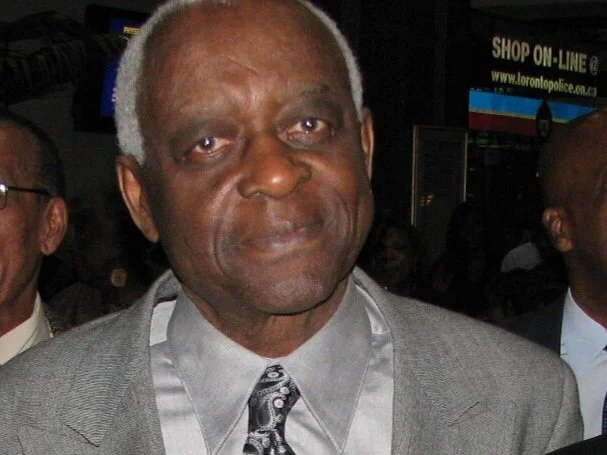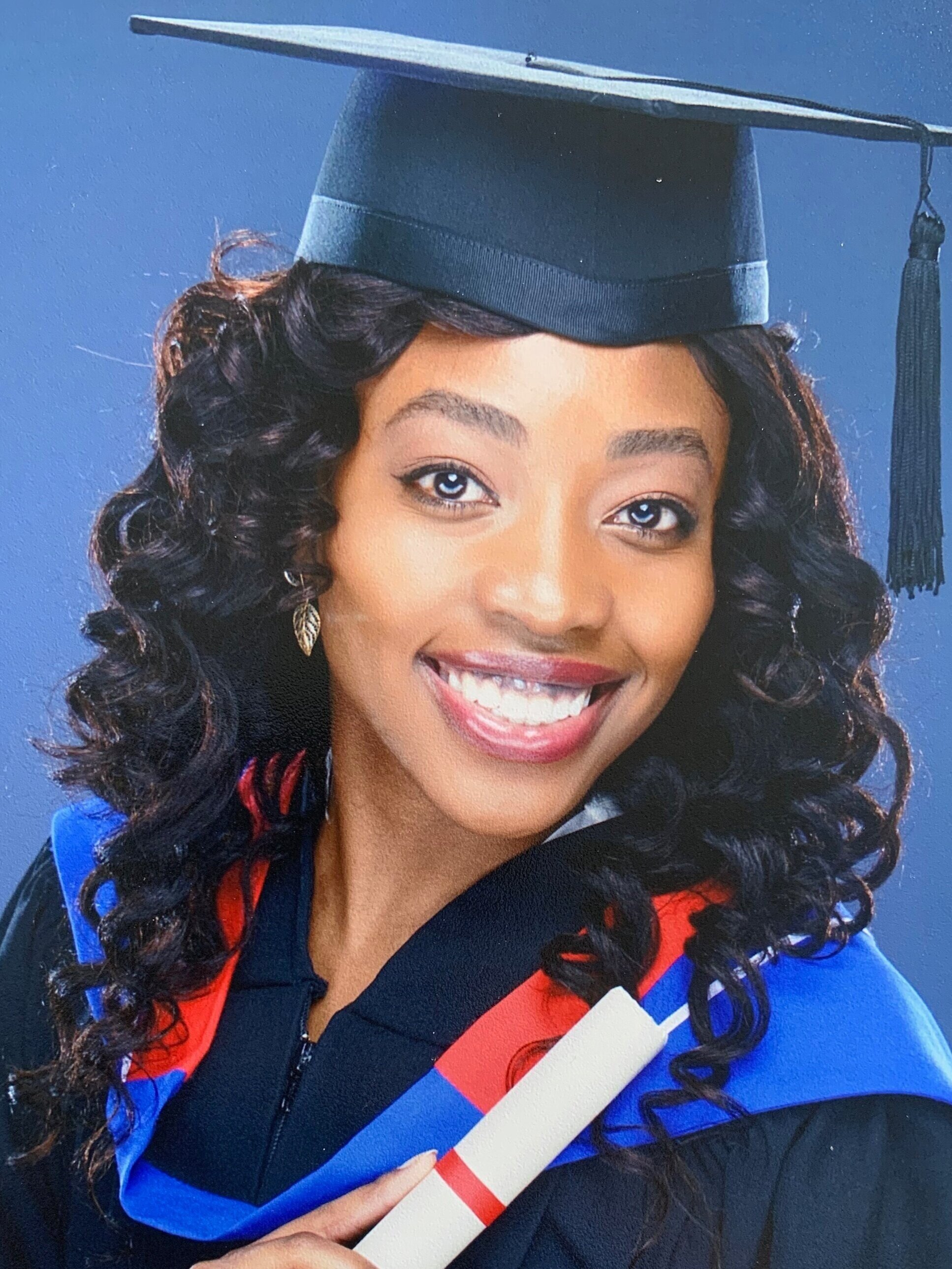Stephen Blizzard blazed a trail in aviation and medicine
June 12, 2020
For all the accolades, awards and military decorations Dr. Stephen Blizzard received during an illustrious and trailblazing career, the Distinguished National of Trinidad & Tobago in Canada Award bestowed on him nine years ago stood out.
Honoured for the first time by his birth country, the only Black person to be a Canadian Armed Forces jet pilot and flight surgeon simultaneously died on June 9.
He was 91.
One of the few Black Canadian air force jet pilots, the Queen’s Royal College student and air scout left T & T at age 19 on a government scholarship to pursue Veterinary Medicine studies in Scotland. After graduating, he returned to the twin-islands to work as a government veterinarian.
“After my first year back home, I knew I was not going to stay in that profession,” he once said. “I had always wanted to be a medical doctor.”
Blizzard migrated to Canada in 1958 and spent a year with the Ontario Veterinary College faculty as a graduate assistant in the Department of Surgery before enrolling in medical school at Western University. He also registered in the Air Force Reserve Officer Training program that subsidized his studies.
Dr. Stephen Blizzard was an RCAF Flight Surgeon
Graduating as a medical doctor in 1963, he served in the Royal Canadian Air Force (RCAF) and obtained his wings on the P 33 Silver Star in December 1968. After a few months at the RCAF Institute of Aviation Medicine in Toronto as Deputy Commander of the Central Aircrew Medical Board, he answered a call in 1969 to return to his birth country to pioneer aviation medicine.
“The People’s National Movement party was in power at the time and the late Dr. Eric Williams (T & T’s first PM) sent a medical team here to recruit professionals,” recalled Blizzard, a former president of the Canadian Society of Aerospace Medicine, the International Aerospace Medical Association and the Civil Aviation Medical Association. “The then Minister of Health, who was the leader of the delegation, exact words to me were, ‘Come back, we need you’. I will never forget that.”
Blizzard spent six years in T & T working as a medical practitioner, pilot medical examiner, flying instructor and a member of the Air Transport Licensing Authority before returning to Canada.
“My time back home was not a pleasant experience and it’s not something I want to elaborate on,” he said years ago. “I however don’t regret going back to serve my country. If I hadn’t, I would have always felt I should have gone back and done something there.”
Back with the Canadian Armed Forces, Blizzard served as Squadron Leader, Major and Deputy Commanding Officer with the National Defence Medical Detachment.
After retirement from the military in 1983, he was a senior consultant for safety and human factors, Chief of the Department of Civil Aviation Medical Unit for 12 years and a Transport Canada Marine Medicine Senior Consultant. He also visited the Soviet Union with a group of American aviation medical specialists in 1990.
Dr. Stephen Blizzard at his desk
Presenter in 1975 of the first paper on Aviation Medicine in the Commonwealth Caribbean, ‘The Aerial Transportation of Patients,’ Blizzard won the internationally acclaimed Forrest M. Bird Lifetime Scientific Achievement Award in 2007 for his exceptional contributions to the safety of civil aviation as a physician and pilot by exercising excellent clinical judgment, logic and common sense in the medical evaluation of airmen.
He was also the recipient of the Dr. Wilbur Franks Award that’s the highest honour in Canadian aviation medicine, Canadian and United Nations Peacekeeping Medals, a Harry Jerome Award for Excellence in Health Sciences and a member of the exclusive International Academy of Aviation and Space Medicine that limits its membership to 250 individuals worldwide.
In 2013, Blizzard was among an esteemed collection of 60 recognized as T & T National Icons for their contributions to the advancement and development of the country in its first 50 years since independence.
The College of Physicians and Surgeons Doctor Emeritus is survived by his wife of 65 years, Merle, and children Roberto, Gloria and Carlos.
“The story of my father is also the story of my mother and it’s a partnership that enabled his studies and work,” said his daughter. “It’s very much something they did together which is an important aspect of his story.”
Often travelling because of work commitments, Blizzard used the time at home with his family to good effect.
“When he was around, he did unusual things with us like flying,” added Gloria Blizzard who is a non-fiction writer, poet and penner of songs. “We took turns with him going up in the Cessna-150 two-seater and flying in circles. I also remember when we were in Goose Bay in Newfoundland & Labrador where he was stationed, he woke us up early one morning to see the SR-71 Blackbird supersonic jet that was going to be at the base for a couple of hours. That’s not what everybody does, but that’s where he kind of shared his enthusiasm with us.”








